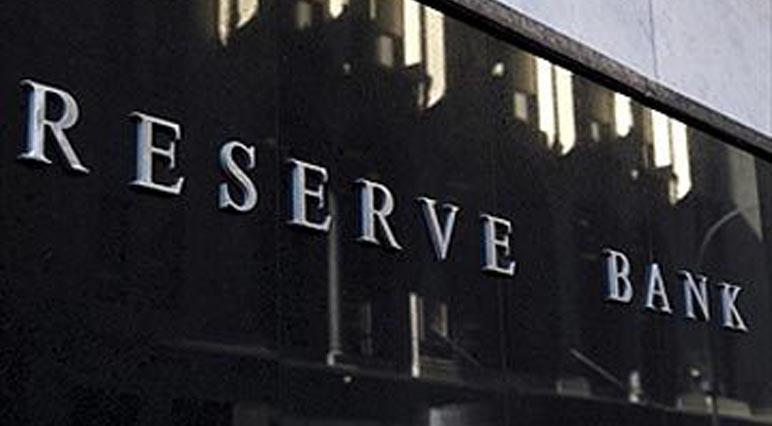
Reserve Bank leaves interest rates on hold
The Reserve Bank has left the official cash rate on hold at a historic low of 1.5 per cent this afternoon, amid concerns that rates are becoming ineffective at spurring growth.
After two rates cuts already this year, the hold decision was widely anticipated, as the RBA monitors the effects of the record low cash rate on the economy and currency.
The RBA slashed the interest rate by 0.25 percentage points in August, but some commentators argue this has failed to combat the stubbornly high Aussie dollar and a strengthening housing market.
The prospect of further rate cuts are on the cards, with 47 per cent of 38 economists and experts surveyed by comparison site www.finder.com.au predicting another drop by 2017. But some have asked whether additional stimulus measures may be needed.
“We haven’t yet seen much reaction to last month’s cut, with a number of experts beginning to question the tool’s efficacy as it gets closer to zero,” said Finder’s insights manager Graham Cooke.
“The RBA’s adjustment of the interest rate is mainly effective at curtailing high inflation, and has shown ineffectiveness at spurring inflation. We are lucky in Australia that we still have room to cut — but the Government may need to look at alternative methods.”
Lynne Jordan of Liberty said the Australian government may need to consider other methods of stimulating the economy.
Most experts surveyed opposed the quantitative easing approach taken by countries such as the United States, with only 19 per cent supporting its use in Australia.
“An anticipated rate hike by the US Federal Reserve in the United States is likely to have a bigger impact on the Australian dollar than further rate cuts here in the short term,” Mr Cooke said.
He said the expert panel did not believe the RBA was influenced by the trend of Australia’s big banks not passing on the full rate cut to their variable home loan customers.
“Only 14 per cent of experts thought the RBA would be less likely to make cuts if the banks fail to pass on the full rate reduction,” Mr Cooke said.
Experts were divided about whether now was a good time to lock in a fixed-rate home loan. When asked if they would advise a friend that now is a good time to lock in a rate, 59 per cent said they would recommend a fixed rate, while 41 per cent advised holding out in anticipation of more rate cuts to come.
Thirty-nine per cent of economists are expecting the rate to bottom-out at 1.25 per cent, with one in five predicting 1.00 per cent and one in 10 expecting it to fall even further.
Since the May rate cut and subsequent cut last month, many of the key housing market indicators have bounced higher.
LJ Hooker CEO Grant Harrod said all eyes were on auction clearance rates as a further cut was mooted.
“If the market doesn’t experience the traditional spring influx of listings and price growth continues to gather pace, we could see another cut before summer to entice upgraders to take their properties to market, improving the market imbalance,” Mr Harrod said.
“Most pundits thought this growth would plateau over 2016; it’s certainly slowed in comparison to previous years, but it’s still making healthy gains ... Listing volumes are very tight and borrowing rates are at unprecedented levels.”
CoreLogic [www.corelogic.com.au] Property Data and Analytics head of research Tim Lawless said auction clearance rates had returned to “the highest reading in more than a year, albeit on lower volumes”.
“CoreLogic’s hedonic index has seen some acceleration in the rate of capital gain across the already hot Sydney and Melbourne markets and the value of investor housing finance commitments have recently rebounded to the highest levels since August last year,” Mr Lawless said.
“In contrast, there has been a consistent wind down in transaction numbers which implies market demand may be getting exhausted.”
He said while affordability barriers and tighter lending conditions were likely contributing to the slowdown in transactional activity, “another factor is simply that there are historically low numbers of homes being advertised for sale in Sydney and Melbourne, which is contributing to the upwards pressure in the market”.
Mr Harrod said the RBA would also watch the strengthening Australian Dollar, global concerns around Brexit and a slowing Chinese economy before shifting rates. “The board still has room to make further cuts, but they may be starting to question the impacts,’’ said Mr Harrod.
A further rate cut in November has been flagged as the most likely option.
This story first appeared on News Limited 3:33pm September 6, 2016.
